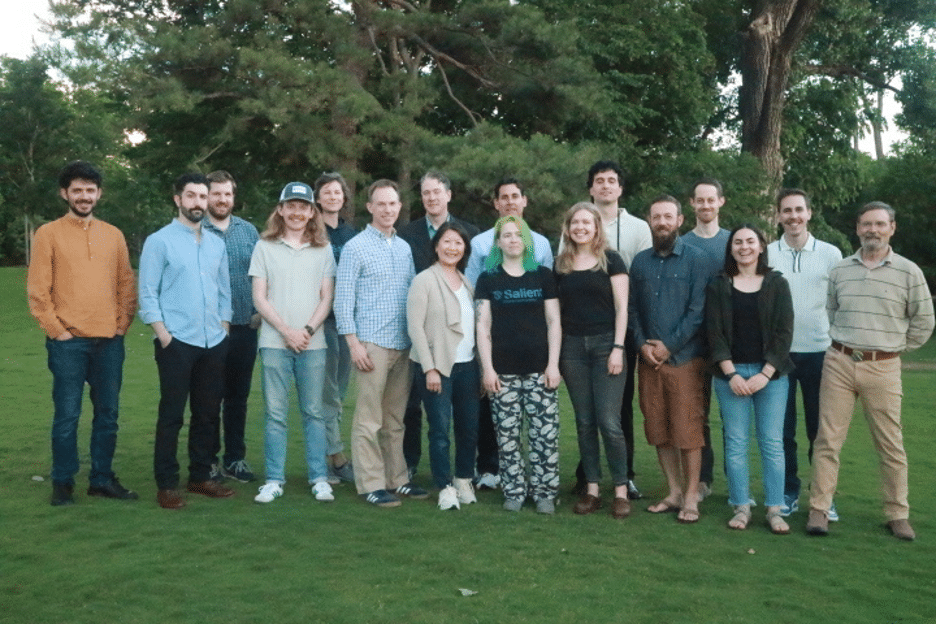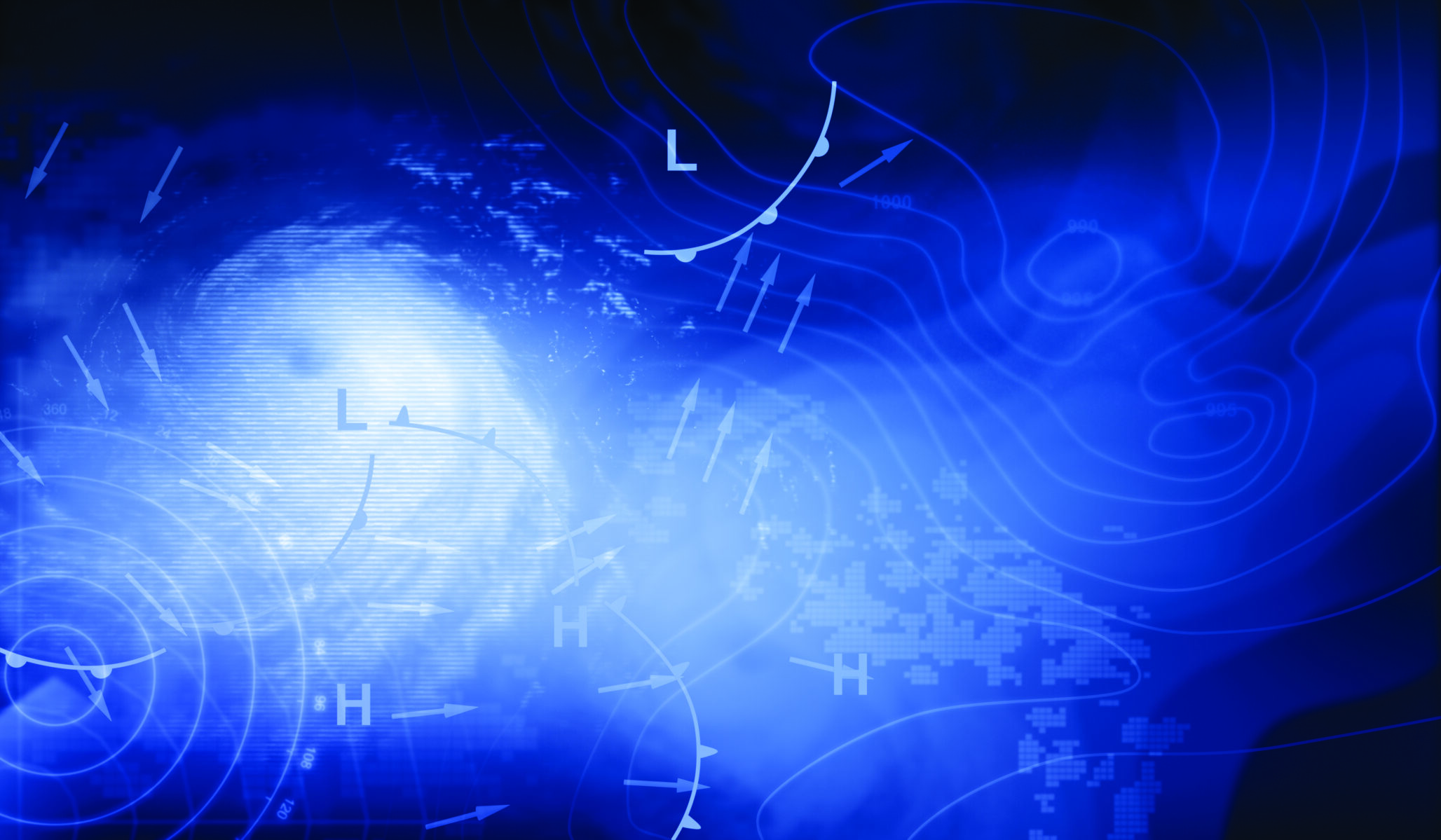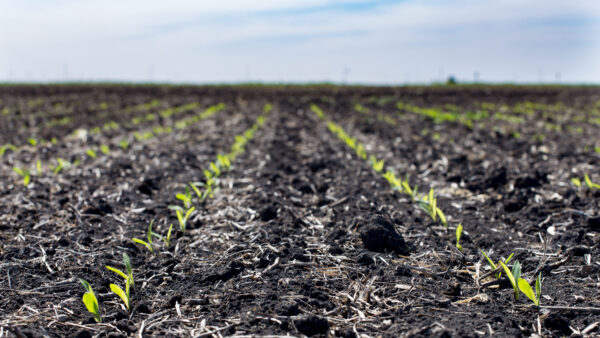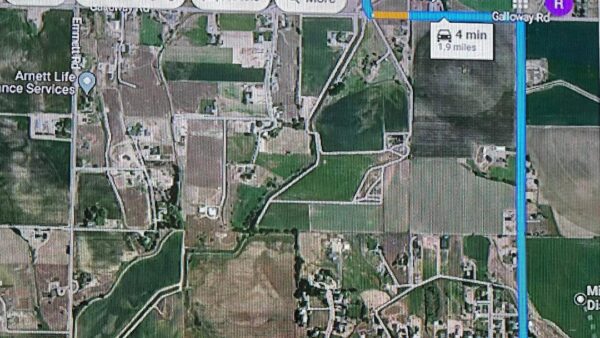An oceanographer and his engineer sons fundamentally change the game for sub-seasonal weather forecasting, outperforming the most respected global long-range weather forecasts.
Editor’s note: Seed World U.S. wishes you a Merry Christmas and a Happy New Year. We hope you’re taking a break from the bustle of life and enjoying your family. If you need some reading material with your coffee in the mornings, we’ve got you! We are revisiting some of your favorite stories of 2024. Enjoy!
This article introduces a breakthrough technology in weather forecasting developed by oceanographer Ray Schmitt and his two engineer sons. Their system, which outperforms traditional global models, uses machine learning to incorporate unconventional oceanic data, offering significantly more accurate sub-seasonal and seasonal forecasts. By winning a competitive forecasting contest, Schmitt’s team proved their model’s superior accuracy, leading to the formation of Salient Predictions. The technology is now transforming agriculture by providing more reliable long-range weather predictions, helping farmers with decisions like crop yield models, seed selection, and risk management.
Despite advanced technology and the best efforts of leading global organizations like the National Oceanic and Atmospheric Administration (NOAA), long range weather prediction — anything that aims to predict beyond days or, at best, weeks — is often viewed as unreliable… and for good reason.
Historically, weather forecasting has relied on numerical weather prediction (NWP) models like NOAA’s Global Forecast System (FGS) and the European Center for Medium Range Weather Forecasts (ECMWF). These models input current weather observations and simulate the physics of atmospheric processes by numerically solving complex equations. Beyond a week, chaos overwhelms these physical models.
Oceanographer Ray Schmitt, who has spent a career studying how ocean currents impact weather, figured there had to be a more accurate way. Working literally from his living room table, he and his two engineer sons developed a technology that offers dramatically and consistently more accurate sub-seasonal (two to six weeks) and seasonal (six weeks to six months) weather forecasts. Their technology could prove fundamental to helping farmers respond effectively to weather extremes in our increasingly volatile weather reality.
Schmitt has always had an interest in weather prediction. That interest took a turn to the more serious when, in 2017, the US Bureau of Reclamation hosted a sub-seasonal weather forecasting competition. The contest, which offered a quarter million-dollar prize, tasked teams with producing a whole year’s worth of rainfall predictions.
“The Bureau of Reclamation manages a lot of hydroelectric dams in the West, which are also used for agricultural irrigation. They needed a better understanding of sub-seasonal rainfall forecasts: that two weeks to six weeks window. So, they ran a contest in hopes of finding a better way,” Schmitt says.
The contest requirements were intense.
“Every other Monday, we had to submit two forecasts: a three-to-four-week lead and a five-to-six-week lead. Then, we’d get scored for accuracy on what we’d submitted four and six weeks previously,” Schmitt says.
The traditional method for weather prediction is to build weather models based almost exclusively on data from NOAA and ECMWF. The near-term forecast – approximately five days out – is relatively accurate because it is based on real-time observations including ground-based et stations, barometric pressures collected by aircraft and satellite imagery. Beyond a handful of days, however, the predictions become more unreliable. Most weather providers simply aggregate the models released, gathering and presenting longer range weather models in more understandable — but no more accurate — ways.
Schmitt’s concept was very different.
Rather than exclusively prioritizing historical weather to shape future predictions, Schmitt’s forecasting system considered unconventional data sources focused on the ocean and land surfaces, which provide information about what he calls “the inertial momentum of the climate system on seasonal to yearly timescales.”
“As an oceanographer at the Woods Hole Oceanographic Institution, I did a lot of research on the water cycle,” he explains. “I realised there were oceanic signals that we could use to predict rainfall on land. I wrote a bunch of papers about them. I’m an academic at heart, but I realised this technology has direct real-world applications.”
Not everyone was convinced. Back in the years before the competition, when he was focused exclusively on oceanography, his ideas didn’t always generate warm enthusiasm from peers or funders.
“Frankly, there had been resistance to my publications, just because it’s a novel idea. It wasn’t traditional and it was difficult to get funded,” he says.
Still, he was convinced on the concept and the competition gave him the push to develop the rest of the forecasting system. To build a forecasting tool, he roped in his two sons to build a machine learning artificial intelligence tool to utilize ocean temperature and salinity data sets to predict precipitation on land.
“We did something completely novel. We used machine learning, which has been slow to be adopted in the weather industry. We do feel like we’re a front-runner for using machine learning in this timescale,” Schmitt says.
Competing against professional meteorologists, Schmitt and his sons shocked everyone.
“Right from the start, we were way ahead of the professional forecasting companies. By the end of the competition, we had the best score by a factor of two,” Schmitt says.
Schmitt and his sons not only won the competition’s $200,000 top prize, but they also captured a $50,000 bonus when they proved their model hadn’t just been the most accurate for one year; it was the most accurate in every year for the full decade previous.
Full-time Predictions
With the successful win to their name, Schmitt took the opportunity to retire from his oceanography career to dive full-time into weather prediction, while his sons went back to their “real jobs,” he says. The prize money allowed Schmitt to invest into starting a business, and in 2019, Salient Predictions was officially born.
Salient’s goal is to provide meaningful, accurate longer-range weather forecasts to a variety of clients, particularly in the agriculture and energy sectors.

“We have built up a strong team of meteorologists and data science experts, including the winner of the temperature component of the forecasting contest. We have developed sophisticated proprietary artificial intelligence models that can run alongside the NOAA and ECMWF models and determine the best blend of forecasts for any location and time lead. No one can match the reliability of our forecasts,” says Schmitt.
Salient Predictions got rolling at the beginning of the pandemic. Their first couple customers were both agricultural: BASF and an agriculture company in Brazil.
Salient has now expanded beyond the two-to-six-week sub-seasonal timescale of the competition all the way up to one year.
“Even the government models stop at six months. For six to twelve months, we’re the only game in town,” says Matt Stein, Salient’s CEO and co-founder says.
Salient Predictions’ forecasting provides notably more accurate longer-range results.
“We’re seeing consistently in the range of 5-15% improvement in accuracy and reliability over the next best alternative on every timeframe,” says Anthony Atlas, Salient’s vice-president of business development. “That’s kind of a conservative answer because it depends on what we’re comparing to. If you look at just ECMWF or NOAA, we are up to 25% better on certain lead times.”
“For a bit more anomalous events, like when we have a high conviction that there’s a big deviation coming, the model gets even more confident. That’s where there’s even more separation between ours and other models because the other models tend to get worse as you get outside the range of normal.”
Not surprisingly, a technology that can more accurately predict weather weeks and even months into the future is catching the eye of farmers and businesses.
Opportunities to use this tool in agriculture include improving crop yield models, pin-pointing seed selection decisions, refining crop in-put sales and marketing, energy budgeting, crop insurance planning, risk assessment in farm financing and insurance and more.
“I was talking to someone in Brazil — the head of South American sourcing for a major beverage company. He said they’d advised one of their barley producers to cut back nitrogen to 100 pounds per acre because they wanted low protein for beer. [The producer] didn’t want to do it. He wanted to put on his regular 150 pounds of nitrogen. But it ended up being a drought year, so that excess nitrogen pushed the protein content way too high. That mistake cost the grower something like $3M over his entire operation,” says Atlas. “If only he’d had access to a more accurate long-range weather forecast, he might have made a very different decision.”
Opportunities exist around the globe. In October 2023, Salient Predictions was awarded a $3 million grant from the Gates Foundation to integrate their data into crop yield models for East Africa in order to support food security via weather-based seed selection and other crop management decisions. Major players like AB InBev and other food and beverage companies have also expressed significant interest in the technology.
“The biggest challenge is the leap of faith for companies that are used to doing things a certain way, who assume that the past is going to replicate itself in the future, to jump towards working with a new kind of forecast. It is a new way of thinking, and it can be hard to move from the status quo, even when the status quo isn’t very good,” says Stein.
The other big challenge, not surprisingly, is competition.
“We are ahead of the pack. But the pack is not static. And, by the way, the pack includes our friends at these government agencies, who have big resources. So, our job is to stay focused and continually improve our model’s accuracy and reliability so that farmers and agribusinesses can plan a year ahead for weather impact on crop yield and quality,” says Stein.












